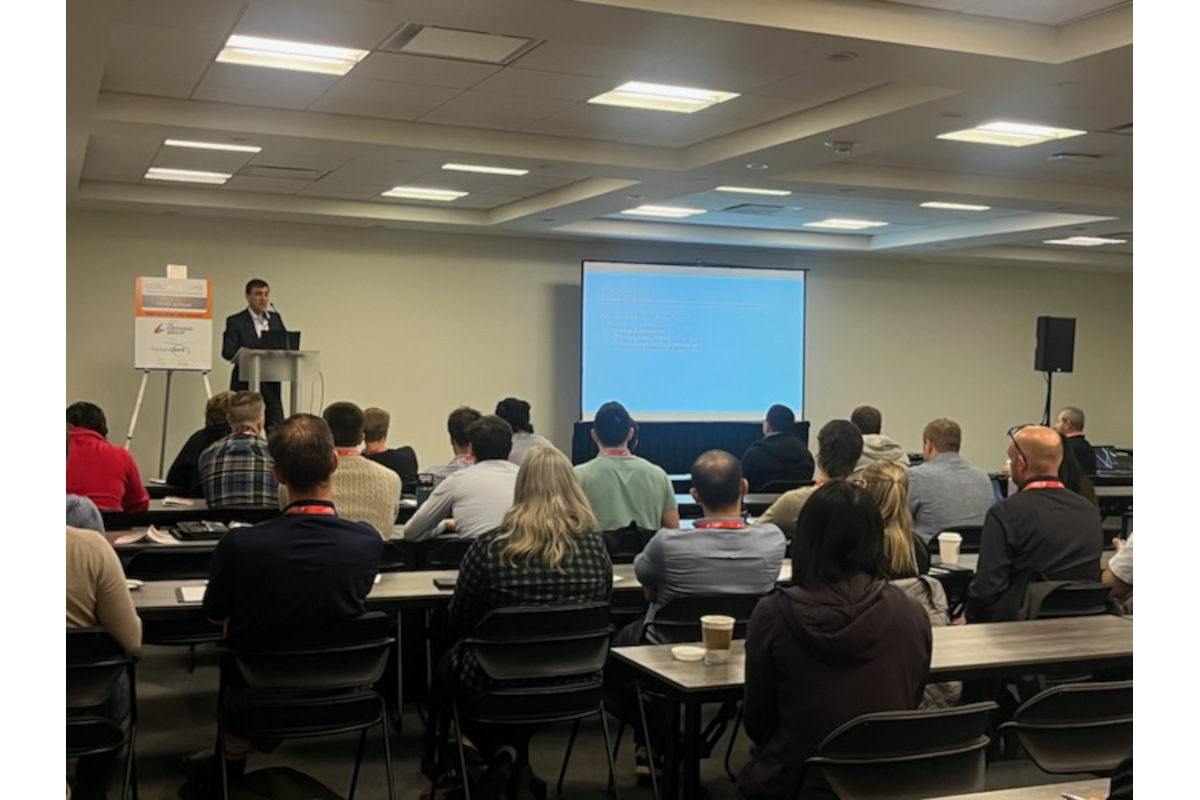The Plymouth Harbor, Fla. Project
April 1, 2008
 Established in 1966, Plymouth Harbor, Fla., located on Sarasota Bay, is a non-profit, 25-story, multi-structure complex. The residence boasts full amenities and services, including its own skilled nursing facility.
Established in 1966, Plymouth Harbor, Fla., located on Sarasota Bay, is a non-profit, 25-story, multi-structure complex. The residence boasts full amenities and services, including its own skilled nursing facility. As picture-perfect as the exterior may be, its walls and floors masked weakened pipe systems inside and below the structures. The drain lines within the complex have deteriorated over the years and are quickly reaching the point of failure. The plans called for rehabilitating the inside infrastructure, including the completely enclosed sanitary lines that run 260 ft up the middle of the 25-story main tower and paper thin cast iron pipes running through the middle of a busy hospital wing. No easy task for any rehabilitation method.
Following an investigation of the facility’s inside infrastructure, a project estimate was determined using traditional replacement methods and relining. The board quickly realized that a re-pipe just wasn’t feasible. They awarded the contract to Nu Flow Technologies based on its reputation, its non-invasive technologies and the ability to handle both the sanitary and potable lines at the same time.
The Nu Flow companies manufacture and install pipe and sewer restoration products around the world in
applications ranging from domestic water piping, HVAC and drain systems, military fire sprinkler systems and conduit, to underground utilities and lead service piping. Nu Flow is the only pipe and drain rehabilitation company that both manufactures and installs combined technologies for potable water lines, as well as trenchless sewer repair.
The multi-million dollar contract is believed to be the largest combined technology project ever awarded in the small diameter pipe lining industry. The contract signifies a growing trend in the use of epoxy pipe lining to address deteriorating water infrastructure globally.
The challenging venture, which is currently nine months into a one-year project outline, includes drain line rehabilitation, potable water rehabilitation and chilled water line rehabilitation.
Key points of the job include:
- The main tower, a 25-story building
- Three additional three-story structures
- A fully operational hospital wing offering a variety of challenges
- Chiller mains that are 12 in. in diameter
- Potable water mains that are 4 in. in diameter
- The project is slated to last just more than a year
- The weather offers challenges such as high humidity, high winds and high heat that can affect epoxy curing times
- The residents are primarily seniors, which makes communication and client consideration essential
The project is spearheaded by Nu Flow specialty installations manager Paul Corneil (drains team leader) and Dennis Fort (potable team leader). Corneil is an expert at taking his considerable knowledge of CIPP lateral technology out of the ground and applying it to the inside infrastructure of a building.
One of the biggest challenges that Corneil faces is the year-round 95 percent occupancy rate of the facility. All aspects of the job have to ensure minimal disruption of the day-to-day operations of the facility.
To accomplish this, Nu Flow is offering a new level of customer service by thoroughly integrating its
operations with the facility’s managers. All of the installers have frequent interaction with management and residents. A high level of tact and open communication have been maintained throughout the project, heading off any problems before they can arise. Work hours are set from 8 a.m. to 4 p.m. so as not to disturb the seniors in the evening. The crews are moving from project to project, depending on vacancy and availability.
Three main areas of the facility have been rehabilitated to date: the East Garden Building, the North Garden Building (hospital wing), and the 25-story main tower, which is 50 percent completed. The North Garden Building is an interesting case study using CIPP technology inside the building.
The North Garden Building
The North Garden Building was one of the most challenging pieces of the project due to accessibility and the advanced deterioration of the lines.
The sanitary system itself was a mishmash of former re-pipes consisting of cast iron and PVC. The cast iron horizontal collector runs through the drop ceiling of the hospital wing and then down into the underground parking where the most difficult to work with are. Over the years, fire suppression systems and ductwork had been installed over top of the cast iron collection lines making them virtually impossible to re-pipe.
As the lines continued to fail throughout the hospital wing, the Nu Flow team scheduled lining operations to address the latest pipe failure, preventing contamination and disruption to the facility’s patients. Since patients occupied the hospital area at all times, hygiene became a major concern. The crew was given an “Infectious Control Manual,” with instructions to review it before the work commenced. Corneil describes the procedure for accessing the horizontal cast collectors:
“Because the hospital was filled with patients, infection as a result of exposure to the bacteria in the places we were opening up was a constant fear. Using proprietary tools and methods to clean out the interiors of the piping system, we were able to restore the cast iron back to its original diameter, then line the pipes to a better than new state, all the while allowing the hospital to continue caring for all patients. Traditional repair could not have accommodated the mandates of the infectious disease protocols without the evacuation and relocation of hospital patients, many of whom were aged and in critical health.”
In many places, the 4-in. horizontal cast pipes had less than 1 in. of flow left. The only thing that kept them moving was the constant head pressure in the system. Of course the pressure was also causing repeated leaks and the threat of total failure. Three separate new leaks developed in the old infrastructure while Nu Flow team members were rehabilitating other areas during the three-month process.
Corneil’s team was unable to use high-pressure jetting to clean the horizontal cast lines. The pipes had deteriorated to the point where the jetting would have torn them apart, raining debris on top of the hospital patients they were trying to keep safe from infection. To meet this challenge, the Nu Flow team used remote-operated robotic reaming tools to clean the interior of the pipes and prepare them for lining. The dislodged material was then collected by a powerful vacuum on the lower level. CIPP liners were then pulled into place from multiple access points. The crew successfully completed the relining of the cast iron pipe without major disruptions to the patients or staff.
Other challenges in the North Garden Building included the tight scheduling of areas like the kitchen and laundry, as well as implementing major temporary water systems to accommodate normal activities of the facility and avoid water service disruption.
“For a project of this size and complexity, it is running quite smoothly and feedback from the facility managers has been positive” says Corneil. “We still have a lot of work to do, but the team is more than up to the job.”
Chris Luttrell is marketing manager for Nu Flow Technologies, based in Oshawa, Ontario, Canada.




